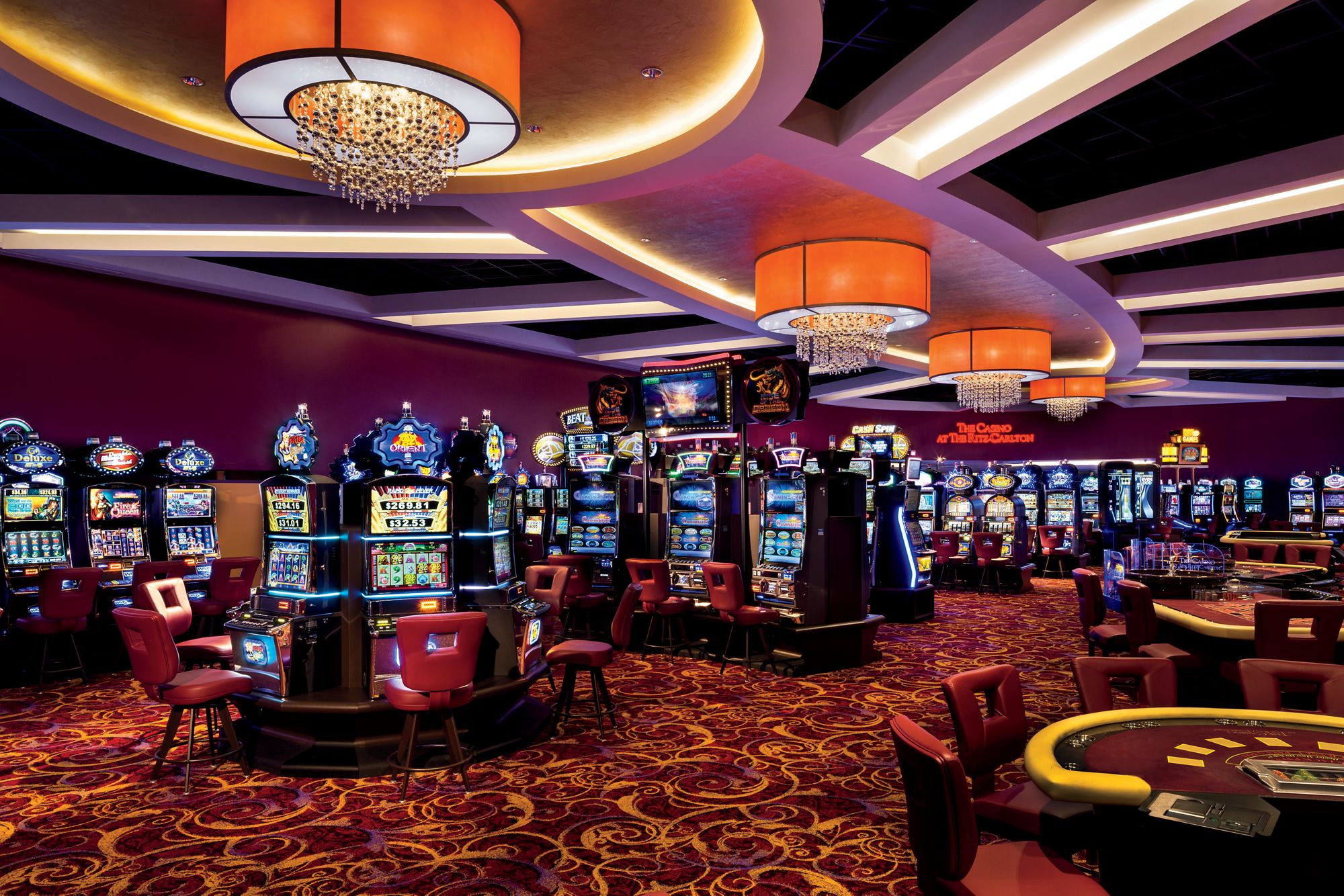Behind the Scenes: How Casino Games Are Made
Behind the shimmering illuminations plus the enticing noises of spinning wheels lies an vibrant world in which creativity meets numbers: the making of games of chance. As players flock to gaming establishments seeking excitement and the possibility of striking it rich big, a huge amount of effort takes place behind the scenes to create these games they enjoy. From the starting concept to the ultimate product that players interact with, many elements are brought together to ensure an captivating play experience.
Designers, engineers, plus game developers collaborate to combine cutting-edge technology with engaging gameplay mechanics. Every aspect, from graphics and audio elements to probabilities plus returns, is meticulously crafted to draw in players and keep them engaged. Understanding this complex process of the way casino games are made reveals not only the technical expertise involved but also the artistic vision that transforms these engaging experiences to life.
Game Design Workflow
The game process begins with brainstorming and conceptualization, where creators develop ideas for innovative casino games. This first phase often includes pinpointing potential audiences and understanding market trends. Designers take into account elements such as game mechanics, themes, and payout structures to develop an immersive experience. Collaboration between game designers, mathematicians, and artists is crucial to guarantee a well-rounded concept.
Once a concept is chosen, the next stage involves creating prototypes and testing. Designers build a functional version of the game to evaluate its playability and mechanics. This allows for adjustments and refinements based on feedback from testers. Reiteration is key, as designers may navigate multiple rounds of testing to optimize gameplay balance and user experience. This stage is essential for spotting any potential issues before the game goes into production.
After testing, the game moves into the development phase and production. This comprises the technical aspects of coding the game software, integrating graphics, and ensuring compliance with gaming regulations. Quality assurance testing verifies that the game functions flawlessly across various platforms and devices. Once everything is refined, the game is prepared for launch, often accompanied by marketing strategies to draw in players and generate excitement around the latest casino game.
Technology and Development
The development of gambling games has changed significantly with developments in tech. Modern game design often incorporates top-notch graphics, captivating sound effects, and engaging animations that create a captivating experience for gamers. Game developers use complex software tools and coding languages to develop these immersive gaming experiences. Additionally, the use of RNGs ensures equity and unpredictability in outcomes, which is essential for maintaining player trust and compliance with gaming regulations.
In recent years, the surge of online casinos has pushed the boundaries of game development even further. Developers are now able to create games that cater to a worldwide audience, incorporating features such as live dealer options and virtual reality environments. This transition has encouraged new ideas, leading to novel game mechanics and formats that enhance player engagement. Mobile gaming has also become a major focus, driving developers to optimize games for mobile phones and tablets, ensuring availability and ease of access for players on the go.
Cooperation among creators, visual artists, and mathematicians is essential in the development process. Each team contributes their expertise to make sure games are not only aesthetically pleasing but also statistically accurate and enjoyable. The integration of player feedback during beta testing allows developers to improve game features and functionalities, ultimately leading to a favorable launch. As technology continues to advance, the potential for innovative game concepts and experiences is endless, promising an exciting future for casino games.
Evaluating and Quality Control
Once a slot has been created, it transitions to the crucial phase of evaluation and quality control. This phase ensures that the game operates perfectly and provides a fair experience for players. Teams conduct extensive tests, including functionality checks to ensure that all game features work as intended. Each element, from graphics to sound effects, is reviewed to ensure high standards are met.
In addition to functionality testing, the game experiences stringent compliance checks to meet regulatory requirements. Various jurisdictions have specific rules governing game fairness and player protection. J88 đăng nhập Quality assurance teams will check that the random number generators are operating correctly and that the game's payout percentages align with market standards. This thorough examination helps forge trust with players and regulators alike.
Finally, user testing may be conducted with actual users to collect feedback on user experience. This critical insight allows developers to execute necessary adjustments before the official launch. Resolving any potential issues noted during this phase helps ensure that gamblers will have a fluent, captivating experience when the game goes live. The commitment to quality reflects the sector's dedication to delivering enjoyable and reliable casino games.

